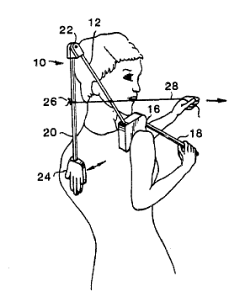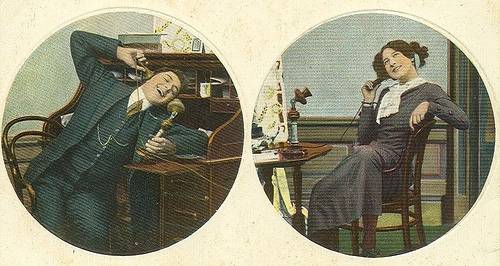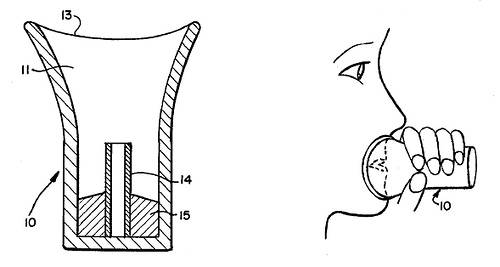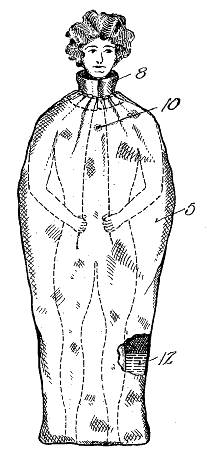In 1950, General Motors condensed the sounds of car trouble into seven types:
- The Rattle. A series of hard, sharp sounds in rapid succession, like a hard object being shaken around in a metal container. This noise usually indicates a loose or broken part striking against another.
- The Thump. A dull sound, generally made when a soft part strikes against a hard part. An example is the noise made by a deflated tire on the road.
- The Squeak. A sharp, shrill, piercing noise, generally made by two dry metal parts rubbing together. The sound may be sharp and erratic, or drawn out — a squeal. Lack of lubrication causes many squeaks.
- The Grind. This is a continuous crushing sound like a part being crushed between two revolving parts. Such a sound might come from the transmission.
- The Knock. This is a sharper and more distinct sound than a thump. It’s generally associated with a loose rod or crankshaft bearing. (Not to be confused with the “knock” or ping of a laboring engine.)
- The Scrape. A grating or harsh rubbing sound, often made by two pieces of material rubbing together. The sound of a dragging brake could be described as a scrape.
- The Hiss. This is like escaping air or steam or the sound of water on a hot metal part.
The idea was to simplify conversations between mechanics and customers. “Besides telling what the noise is, the driver is expected to report where it comes from and when it happened,” explained Popular Science. “With this report, the mechanic has a good start toward learning why it happened.”






